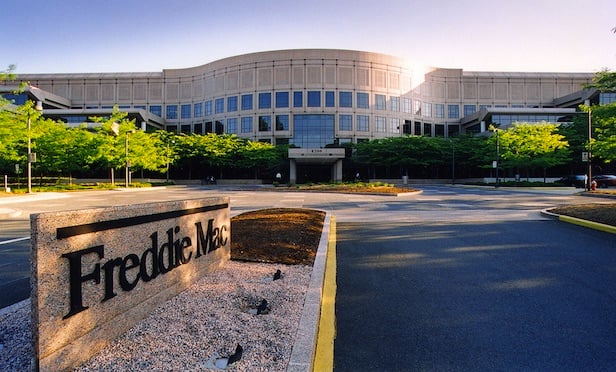McLEAN, VA–Nothing, it seems, can dent the growth story that is multifamily. Despite a pipeline that is expected to peak in the second half of this year and remain elevated into 2018, Freddie Mac believes that while vacancy rates will increase, they will do so more slowly than expected. “Employment growth is expected to remain near 2016 growth levels and demand for multifamily units to stay strong due to lifestyle preferences and demographic trends,” it explains in its mid-year outlook for the category.
Indeed, forecasts of higher wage growth is expected to spur even more housing demand, it said.
The sum of these trends is that vacancy rates for the rest of 2017 have been revised downward to 4.7%. Meanwhile rent growth is expected to remain strong for the remainder of the year, possibly exceeding the 2016 rate, it said.
Recommended For You
Want to continue reading?
Become a Free ALM Digital Reader.
Once you are an ALM Digital Member, you’ll receive:
- Breaking commercial real estate news and analysis, on-site and via our newsletters and custom alerts
- Educational webcasts, white papers, and ebooks from industry thought leaders
- Critical coverage of the property casualty insurance and financial advisory markets on our other ALM sites, PropertyCasualty360 and ThinkAdvisor
Already have an account? Sign In Now
*May exclude premium content© 2025 ALM Global, LLC, All Rights Reserved. Request academic re-use from www.copyright.com. All other uses, submit a request to [email protected]. For more information visit Asset & Logo Licensing.









